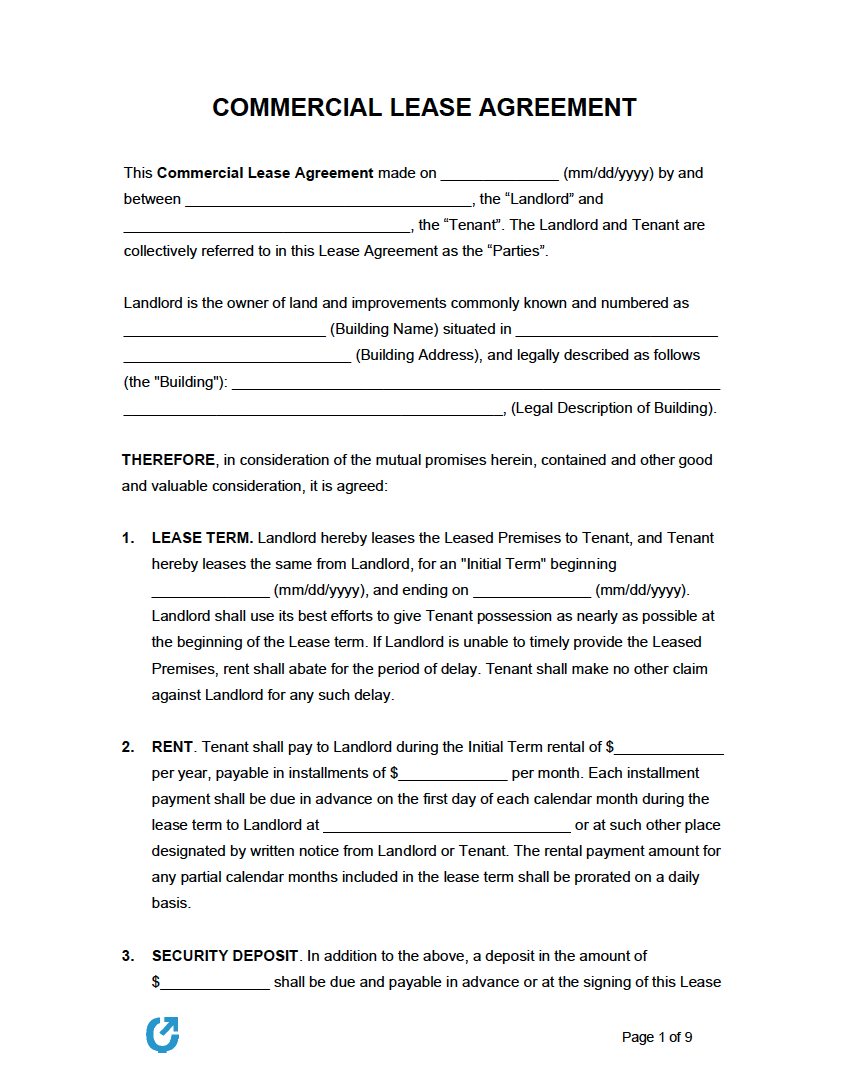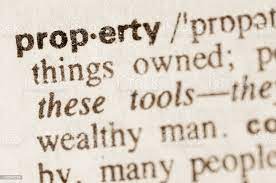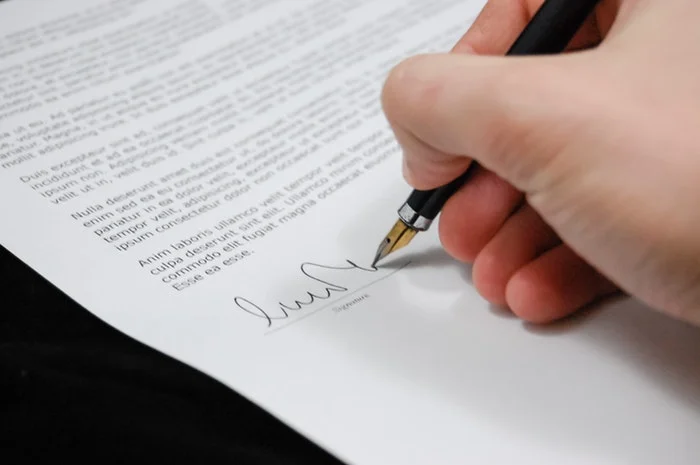Lets go back in time.
This seminar series will contain four modules, starting with the past and finishing with the future of property. The body modules will contain leaseholds, as well as freeholds. So, check out the links below for more information.
Quick Guide
Let’s dive in history of energy in legal English.

What is a leasehold
Let’s talk about leaseholds.

A leasehold refers to a type of property ownership where a person or entity holds the rights to use and occupy a property for a specific period of time. In a leasehold arrangement, the property is typically owned by another party, known as the freeholder or landlord, who grants the leasehold interest to the tenant or lessee.
Under a leasehold, the tenant has the right to possess and enjoy the property during the lease term, subject to any conditions and restrictions specified in the lease agreement. The lease agreement outlines the terms of the lease, including the duration of the lease, the responsibilities of the landlord and tenant, the payment of rent, and any other applicable terms and conditions.
Leasehold properties are commonly seen in the context of residential and commercial real estate. For example, in the residential sector, an individual or family may lease a house or apartment from the owner for a fixed period, typically several years. In commercial real estate, businesses often lease office spaces, retail units, or industrial premises from landlords.
It’s important to note that leasehold arrangements can vary in duration. Some leases are long-term, spanning several decades, while others may be relatively short, such as a few years. The rights and obligations of the leaseholder are typically outlined in the lease agreement and are subject to the relevant laws and regulations of the jurisdiction in which the property is located.
Main Points
These are the 4 main points to focus on.
Lease Agreement: A leasehold is established through a lease agreement between the landlord (freeholder) and the tenant (lessee). The lease agreement outlines the terms and conditions of the lease, including the duration, rent amount, payment terms, rights, and responsibilities of both parties.
Lease Duration: The lease agreement specifies the length of time the tenant has the right to occupy the property. Lease durations can vary significantly, ranging from short-term leases (e.g., one year) to long-term leases (e.g., several decades).

Rent and Rent Reviews: The lease agreement details the amount of rent the tenant must pay to the landlord and the frequency of payments. Rent reviews may be included to adjust the rent periodically, usually at specific intervals or in line with market conditions.
Rights and Obligations: The lease agreement defines the rights and obligations of both the landlord and tenant. It typically covers matters such as property maintenance, repairs, insurance, alterations, and use restrictions. The agreement may also outline the rights of the tenant to sublet or assign the lease to another party.
The lease agreement
A lease agreement, also known as a lease contract or tenancy agreement, is a legally binding document that outlines the terms and conditions of a leasehold arrangement between a landlord and a tenant. The main aspects typically covered in a lease agreement include:

Parties Involved: The lease agreement should clearly identify the parties involved, including the full names and contact information of the landlord (lessor) and the tenant (lessee). It may also include details about any property management company or agent acting on behalf of the landlord.
Property Description: The lease agreement should provide a detailed description of the leased property, including its address, unit or apartment number (if applicable), and any specific areas or amenities included in the lease.
Lease Duration: The agreement should specify the start date and end date of the lease, indicating the duration for which the tenant has the right to occupy the property. It may also address options for lease renewal or extension.
Rent Amount and Payment Terms: The lease agreement should state the amount of rent the tenant is obligated to pay and the frequency of payments (e.g., monthly, quarterly). It should also outline the accepted methods of payment and any penalties for late payment.
Security Deposit: Many lease agreements require tenants to provide a security deposit, which is held by the landlord as a form of financial protection against potential damages or unpaid rent. The lease should specify the amount of the security deposit, conditions for its return, and any deductions that may be made.
Utilities and Maintenance: The agreement should clarify which party is responsible for paying utilities, such as electricity, water, or gas. It should also address maintenance responsibilities, including who is responsible for repairs and upkeep of the property.
Use and Occupancy: The lease agreement should outline the permitted use of the property and any restrictions imposed by the landlord. It may specify whether the property is to be used for residential, commercial, or other purposes, and may include rules regarding noise, pets, or subletting.
Alterations and Improvements: If the tenant is allowed to make alterations or improvements to the property, the lease agreement should outline the conditions, permissions required, and who will bear the costs. It may also address whether the alterations become the property of the landlord or the tenant.
Termination and Renewal: The lease agreement should specify the procedures and notice periods required for termination by either party. It may also address automatic renewal or options for lease extension.
Legal and Governing Law: The agreement should include provisions regarding dispute resolution mechanisms, such as mediation or arbitration. It should also specify the governing law of the lease agreement, which determines the legal framework under which it operates.
Agreement vs contract
In general usage, the terms «lease agreement» and «lease contract» are often used interchangeably to refer to the same legal document that governs the terms and conditions of a lease. Both terms describe the written agreement between a landlord (lessor) and a tenant (lessee) that outlines the rights, responsibilities, and obligations of each party. However, there might be slight nuances in how the terms are used in specific contexts.

In practice, both terms are widely used interchangeably, and the specific term chosen often depends on regional preferences or industry practices. The important aspect is that the document, regardless of the term used, is a legally binding agreement that sets out the terms of the lease relationship between the landlord and tenant.
«Lease Agreement» typically refers to a broader term that encompasses the entire written document that establishes the lease relationship. It is a more general term that emphasizes the mutual agreement and understanding between the parties regarding the lease terms.
«Lease Contract» tends to emphasize the legal and binding nature of the document. It underscores that the lease is a legally enforceable contract between the landlord and tenant, highlighting the legal obligations and remedies associated with the agreement.
Short-Term
Short-term leases typically have durations of six months to one year. They provide flexibility for both landlords and tenants, allowing for a trial period or accommodating temporary living or business arrangements.
Residential – Six months to one year.
Commercial – One to three years.

Flexibility: Short-term leases provide flexibility for both landlords and tenants. For tenants, they offer the freedom to explore different living or business arrangements without being locked into a long-term commitment. Landlords, on the other hand, have the opportunity to reassess rental terms or find new tenants more frequently.
Temporary or Transitional Situations: Short-term leases are commonly used in situations such as relocation, temporary work assignments, or educational pursuits. They can be suitable for students, professionals on short-term projects, or individuals in the process of finding a permanent home.
Higher Rental Rates: Due to the increased administrative effort and potential vacancy periods between leases, short-term leases tend to have higher rental rates compared to long-term leases. Landlords often adjust the rent to compensate for the shorter duration and potential turnover costs.
Limited Stability: One disadvantage of short-term leases is the lack of stability they offer to tenants. With the shorter duration, tenants face the uncertainty of having to find a new place to live or operate their business more frequently. It may also result in less security for landlords, as they need to continually market the property to find new tenants.
Long-Term
Long-term leases are generally considered to be those with durations of two years or more. These leases provide stability and security for both landlords and tenants, allowing for longer planning and occupancy.
Residential – Three or more years
Commercial – Five or more years

Lower Rental Rates: Compared to short-term leases, long-term leases often come with lower rental rates. Landlords may offer reduced rates as an incentive for tenants to commit to a longer duration, acknowledging the potential benefits of a stable, long-term occupancy.
Stability and Security: Long-term leases offer tenants stability and a sense of security, knowing they have a guaranteed place to live or operate their business for an extended period. It allows tenants to establish roots, build a customer base, or make capital investments in the property.
Predictable Rental Income: Long-term leases provide landlords with predictable rental income over an extended period. This stability can be beneficial for budgeting and planning for future expenses or investments. It also reduces the administrative burden of searching for new tenants frequently.
Negotiation Opportunities: Long-term leases often allow for more negotiation between landlords and tenants. The extended duration provides an opportunity for both parties to discuss and agree upon specific terms, such as rent increases, maintenance responsibilities, or lease renewal options.
Potential Limitations: While long-term leases offer stability, they may also limit a tenant’s flexibility to adapt to changing circumstances. If a tenant needs to relocate or downsize their business before the lease term expires, they may face difficulties in terminating the lease or finding a suitable subtenant.
Property Management: For landlords, long-term leases can reduce the time and effort required for property management. With stable and long-lasting tenants, the need for marketing, screening, and executing new lease agreements is less frequent.
Land & Ground
Land & Ground Leases: Ground leases involve the use of land rather than buildings or structures. These leases can have extended durations, often ranging from 25 to 99 years. Ground leases are common in situations where the landowner wants to retain ownership while granting the tenant rights to use and develop the land.

Exclusive possession of a property refers to the legal right of a tenant to possess and occupy the property without interference from the landlord or any third parties. It is a fundamental aspect of a lease agreement where the tenant has the exclusive right to use and control the property during the lease term, excluding the landlord and other individuals unless authorized by the tenant.
When a tenant has exclusive possession, it means they have the right to exclude others, including the landlord, from entering the property without the tenant’s permission, except in specific circumstances allowed by law (such as in emergencies or for necessary repairs).
Exclusive Possession
Exclusive possession entails that the tenant has the freedom to use the property in accordance with the agreed-upon terms and the purpose specified in the lease agreement. It grants the tenant the ability to enjoy and benefit from the property, subject to any restrictions or limitations set forth in the lease.
This concept of exclusive possession provides tenants with a sense of privacy, security, and control over the leased premises. It is a fundamental right in a lease agreement and distinguishes a tenant’s legal status from that of a mere licensee or occupant who does not possess exclusive rights of use and control.
It’s important to note that exclusive possession does not imply ownership of the property. The tenant holds a leasehold interest, while the landlord retains the ownership (freehold) of the property. The exclusive possession right is subject to the terms, conditions, and obligations outlined in the lease agreement and relevant laws.

General Vocabulary
Demise: The transfer of possession of a property from the landlord to the tenant.
Reversion: The return of the property to the landlord at the end of the lease term.
Surrender: The voluntary termination of the lease by the tenant, returning possession to the landlord.
Abatement: The reduction or temporary suspension of rent due to issues or disruptions with the property.
Quiet Enjoyment: The right of a tenant to use and enjoy the leased property without interference from the landlord.
Pro rata: Distributing costs or responsibilities in proportion to each party’s share or usage.
Net Lease: A lease in which the tenant pays a base rent plus additional expenses such as taxes, insurance, and maintenance.
Gross Lease: A lease in which the tenant pays a fixed rent amount, and the landlord bears the expenses related to the property.
Non-Disturbance: A provision that protects the tenant’s rights in case of a foreclosure or change in ownership of the property.
Fixtures: Permanent improvements or installations made by the tenant that become part of the property.
Rentable Area: The total square footage of a leased space, including both usable and shared/common areas.
Build-out: The construction or customization of interior space to meet the tenant’s specific needs or requirements.

Conveyance: The transfer of legal rights or property from one party to another.
Common Area Maintenance (CAM): Expenses associated with maintaining shared or common areas of a property.




